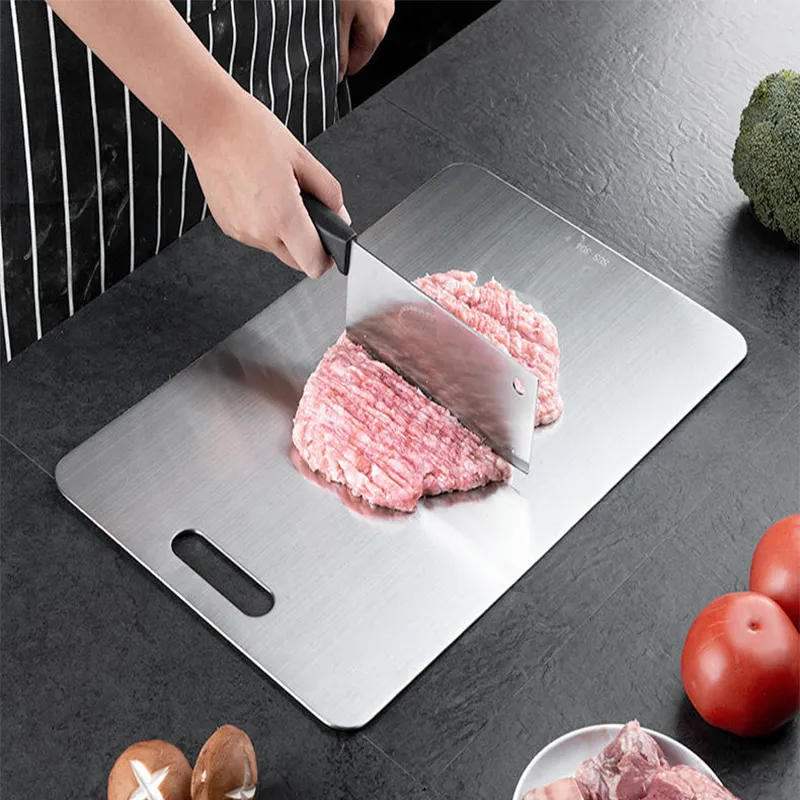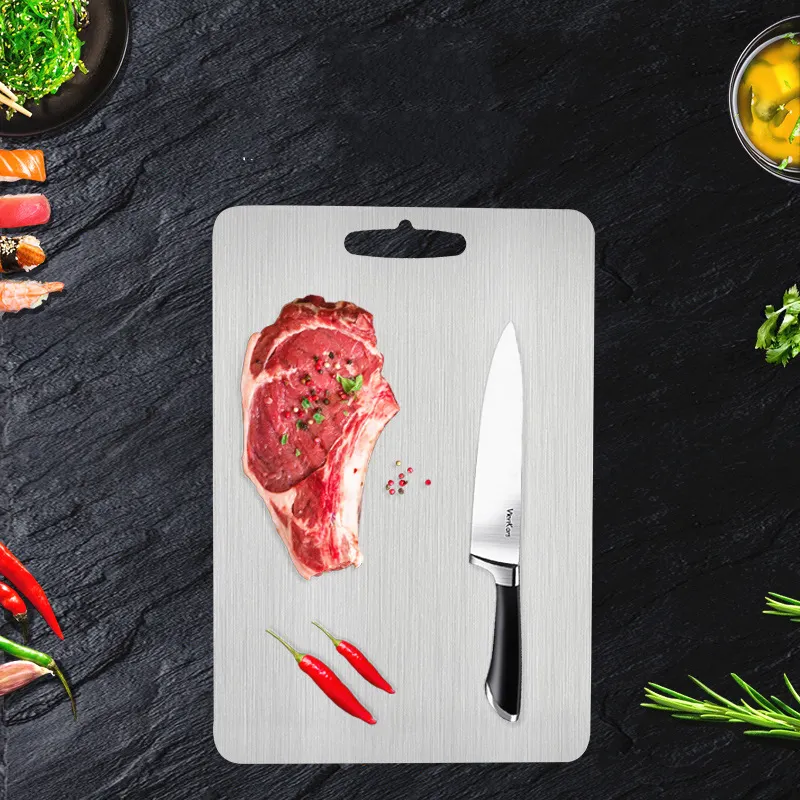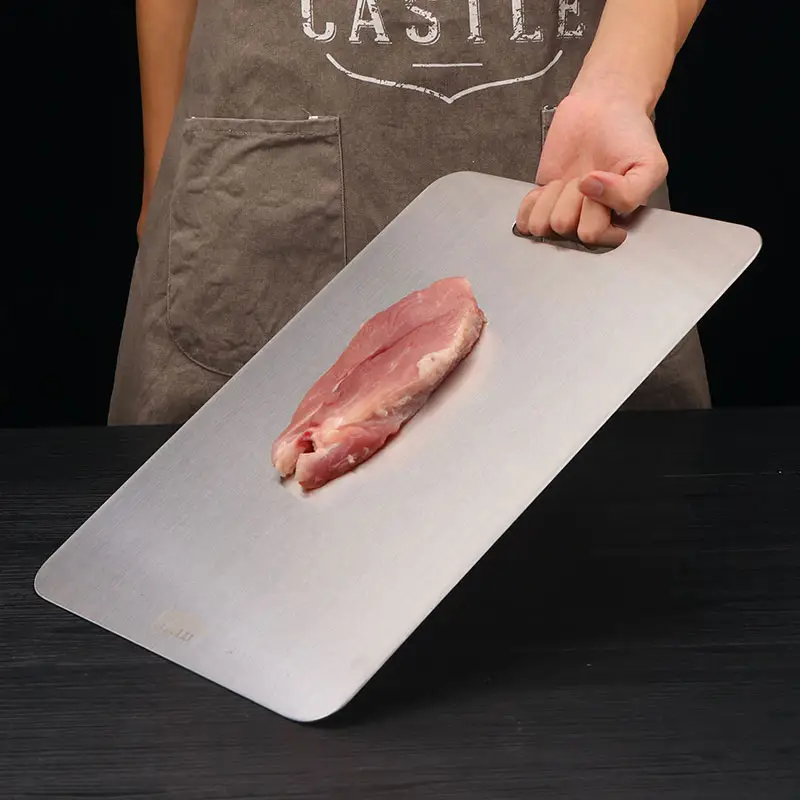Cleaning and maintaining your marble cutting board is crucial to preserve its beauty, functionality, and longevity. Marble, being a porous and natural stone, requires special care to ensure it stays in top condition. Here are best practices for cleaning and maintaining your marble cutting board:
Cleaning:
- Immediate Cleanup:
- Wipe down the marble cutting board immediately after use to prevent any food particles or liquids from settling into the pores of the stone.
- Mild Soap and Warm Water:
- Use a mild dish soap and warm water to clean the surface of the marble. Apply the soapy water with a soft sponge or cloth, ensuring you reach all areas of the board.
- Gentle Scrubbing:
- For stubborn stains or residue, use a soft-bristle brush or a non-abrasive sponge to scrub the surface gently. Avoid using abrasive materials that can scratch the marble.
- Avoid Harsh Cleaners:
- Steer clear of harsh or acidic cleaners, as they can damage the marble surface. Acidic substances, like vinegar and citrus-based cleaners, can erode the protective seal and harm the stone.
- Rinse Thoroughly:
- After cleaning, rinse the marble cutting board thoroughly with clean water to remove any soap residue. Ensure there is no lingering soap that could affect the taste or safety of food.
- Pat Dry with a Towel:
- Towel-dry the marble cutting board immediately after rinsing to prevent water spots and the development of any water-related stains. Moisture left on the surface can lead to discoloration over time.
Stain Removal:
- Baking Soda Paste:
- For stubborn stains, create a paste by mixing baking soda with water. Apply the paste to the stained area and let it sit for a few hours. Gently scrub the area and rinse thoroughly.
- Hydrogen Peroxide:
- For organic stains, such as those from fruits or vegetables, you can use a mixture of hydrogen peroxide and a few drops of ammonia. Apply the solution, let it sit, and then scrub and rinse.
- Commercial Stone Cleaner:
- Consider using a specialized marble or stone cleaner for stain removal. Follow the product instructions carefully to avoid any damage to the marble surface.
Maintenance:
- Sealing:
- Depending on the type of marble and usage, consider sealing the cutting board periodically to protect it from stains and moisture. Follow the manufacturer’s recommendations or consult with a stone care professional.
- Avoid Cutting Acidic Foods Directly:
- Acidic foods, such as tomatoes or citrus fruits, can react with the marble. Use a barrier, like parchment paper or a cutting mat, when cutting such foods to prevent direct contact.
- Mineral Oil Application:
- Periodically apply a thin layer of food-grade mineral oil to the marble surface. This helps maintain the luster of the stone and provides additional protection against stains. Follow the manufacturer’s guidelines for oiling frequency.
- Use Soft Cleaning Tools:
- When cleaning, use soft sponges, cloths, or brushes to avoid scratching the marble. Avoid using abrasive scouring pads or harsh cleaning tools.
- Prevent Impact and Sharp Objects:
- Marble is susceptible to chipping or cracking from heavy impact or sharp objects. Handle with care and use appropriate cutting tools to minimize the risk of damage.
By following these cleaning and maintenance practices, you can ensure that your marble cutting board remains a functional and beautiful addition to your kitchen for years to come. Regular care will help preserve the natural beauty of the stone while keeping it safe and hygienic for food preparation.



